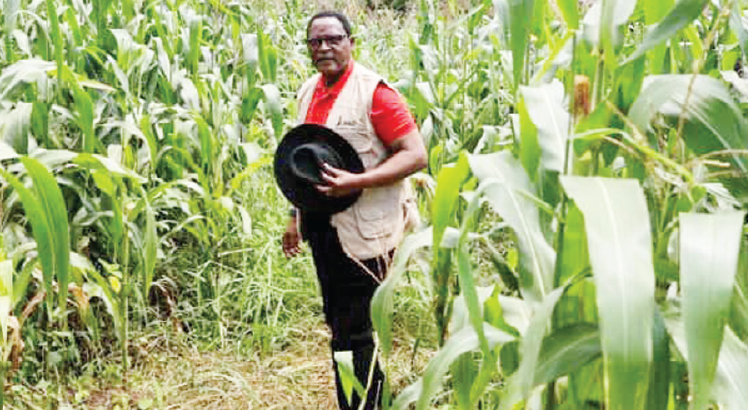How did Zambia make its currency stronger than the Malawi Kwacha?
No one in our group understands economics although we are very good at using the seed, money, that drives economists wild. Give us money in any currency, the Libyan Dinar, the UK Pound Sterling, the USA Dollar, the South African Rand, the Mozambican Metical, the Russian Rubble, the Chinese Yuan, the Japanese Yen or the North Korean Won, and we will not hesitate to get it because we know all the people that exchange foreign currencies. We know the black market and white market where foreign currencies are exchanged.
We even know how to get the foreign currency in and out of Malawi. Well, legally.
However, we do not know how currency values are determined. No economist has ever come forward to clearly explain to us mvemvemve why the British Pound should be stronger than the US dollar, the EU euro, and Chinese Yuan when the British economy is just a tiny fraction of these countries or economic blocs economies.
Someone, the economic erudite, the late Professor Matthews Chikaonda, tried to teach us about currency valuation but his language was so convoluted that we ended up more confused. He talked macro and microeconomic fundamentals, political economy volatilities, production, reproduction, rebasing of currencies, exogenous and endogenous factors, and GDP factorisation. None of which we understood and appreciated.
We admit, hic et nunc, that even what we are saying he said may not even be what he said. But he was a good teacher, patient, instructional, and at every opportunity, asked if we had understood. We just nodded our heads to impress him that we were good silent listeners who were following the lesson in currenciology.
Years before we met the great late Professor Chikaonda, the economic Ten-Point planner, we had travelled to Lusaka, Zambia for a function. There we were shocked to learn that Zambians were receiving their salaries in huge thousands. That the price of fantakoko sounded in Zambia Kwachas ten times more than the amount we paid in Malawi was shocking. It was also in Zambia that we learned about the economic term, “Pin”. We learned that Pin in fact referred to a paper clip used to hold loose sheets of paper together. Then, to ease counting, the Zambia Kwachas were bound in ‘Pins’ each amounting to one thousand Kwacha.
At that time we laughed at how bad the Zambia economy had gone. Zambians mourned at every corner of the street about their economy. They blamed the structural adjustments pprogramme promoted by the IMF. Subsidies were abandoned and prices of goods skyrocketed. State control of the economy was discouraged and Zambian politicians saw Zambia go spiral down from its copper glory down to the fruitless deser t of Canaan. The President then was Frederick Chiluba. He ruled Zambia but knew no peace. We have never seen people angrier than Zambians when it comes to money. Especially, when they took some Mosi larger, the swearing would reach a crescendo. Even God heard the swearing, we are sure.
Then, like a meteor from the sky piercing the sky, the Zambia Kwacha picked up. Suddenly the many zeros that disgraced the Zambia kwacha were removed. The government announced a new value for the new Zambia Kwacha. The president was Levy Mwanawasa or Michael Sata.
We, who have no idea of economic volatilities, economic fundamentals, differential economies, and the like, were puzzled. How can a currency drop suddenly and as suddenly rebound by simply removing the zeros? What did Zambia do?
We were left with one conclusion. Goebbels was right, even strength of currencies is a fixed lie. A currency’s value is the repeated lie-turned-truth about how poor one economy is versus others. It takes a courageous country and its leader to reject the fixed-lies about currencies and give a country’s currency the value it deserves. Currency values are fixed. The Malawi Kwacha started at one to one with the British Pound Sterling because Kamuzu wanted it to be so and because he knew that currencies are fixed by people.



